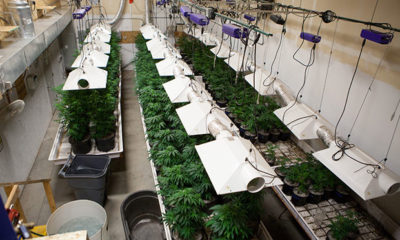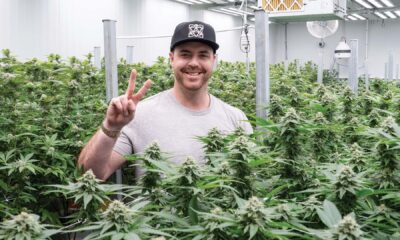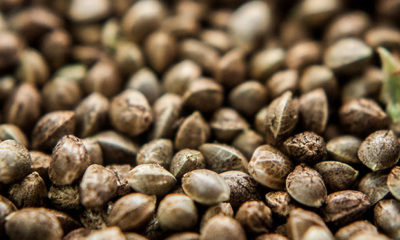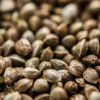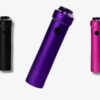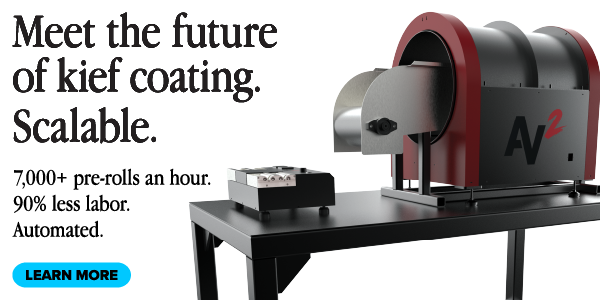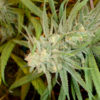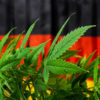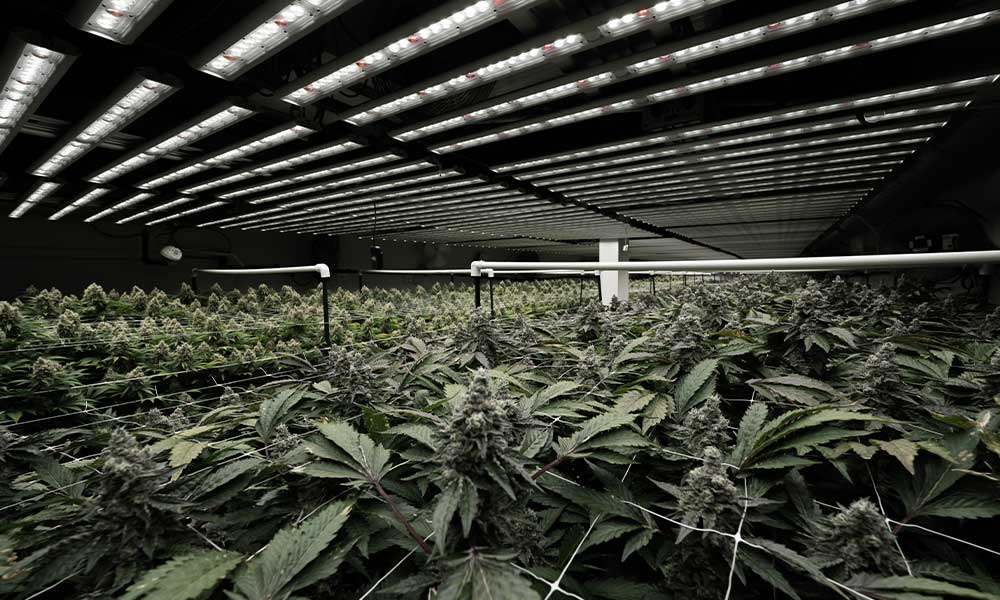
Sponsored
Maximize Grow Yields With Fohse Light Science
The experts at Fohse share the benefits of LEDs and how lighting technology impacts plant growth.
Light science plays a critical role in indoor cannabis cultivation. Since their introduction, light emitting diodes (LEDs) have gone through something of a transformation. In the early days of LEDs being used for cannabis cultivation, light manufacturers pushed existing LED technology onto growers without researching plant needs or grower interests. Unfortunately, the fixtures lacked the necessary power that light-hungry cannabis plants need, leaving cultivators with less-than-optimal yields.
Major advancements have been made in cannabis light science, and LEDs are widely regarded as the preferred lighting choice for two main reasons:
- LEDs are more efficient, and therefore more economical.
- LEDs have a higher light intensity, and they can also control the lighting spectrum, enabling growers to manage the light cycle of their plants.
Fohse, a Las Vegas-based LED company, is paving the way in this sector, setting new standards for what LEDs can do for cannabis growers. Constantly driving to increase productivity and profitability for their clients, Fohse designs and manufactures superior LEDs that lead to unparalleled cost savings and exceptional crop quality, while also reducing their carbon footprint.
How Light Science Works
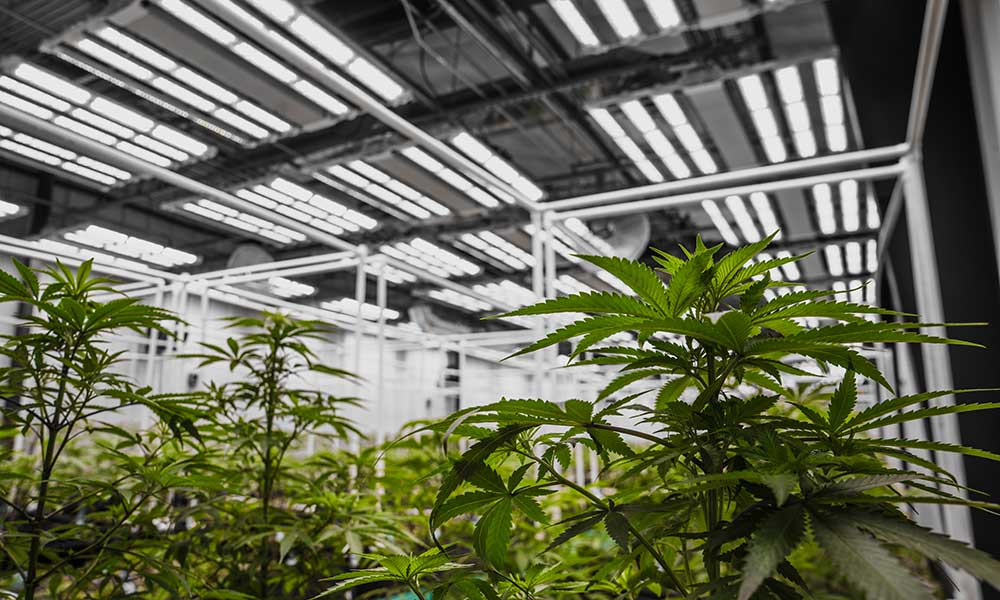
Fohse’s range of innovative lighting solutions mimics the sun’s light spectrum with built-in adjustable levels. Cultivation techniques may differ from grower to grower, such as preferences for nutrients, grow material or specific cultivars. The one parameter that remains absolute is the way light impacts plant growth and development. Delivering optimum photon energy to the plant while using as little external energy as possible is the ultimate goal for indoor lighting systems.
In the highly competitive market of indoor cannabis cultivation, growers have two options: Use cheap, underpowered fixtures that will deliver the bare minimum or use premium, high-intensity, high-powered fixtures that will deliver the ultimate yields. Which route will you take?
Fohse Delivers Efficient, High-Powered Solutions
Fohse’s light science philosophy sets them apart from other lighting manufacturers. The intersection of light science, leading-edge technology and longevity is central to their mission—Fohse builds their lights with more features so they last longer and run more efficiently.
Delivering PAR (photosynthetically active radiation) to the canopy is the most important aspect for hoticultural light. PPFD (photosynthetic photon flux density) is a measure of PAR that reaches the canopy surface. Poor fixture designs may have an abundance of PPF (photosynthetic photon flux), which measures the amount of power coming from the fixture at any time, and could still have low PPFD figures. Using patented designs, Fohse diodes deliver the maximum amount of PPF to the canopy for unprecedented light penetration.
Fohse adds more diodes into their LED fixtures to deliver more power, and then, using lensing, this omnidirectional light is redirected to the canopy using the angle of divergence. Instead of a diode sending out light 180 degrees, it’s now only sending that light down to the canopy where it’s needed. This means no more wasted energy, and is a crucial part of the Fohse design, according to James Bradley, chief marketing officer at Fohse.
“A fixture that has no lensing is going to output more light—even though those lenses are clear, they will absorb maybe four to five percent of the light, reducing the overall PPF,” Bradley said. “Other grow manufacturers won’t use lensing and claim higher PPF numbers, but at the expense of PPFD, because that light is getting scattered everywhere. Whereas if you add a lens, while you may lose a little bit, you’re delivering far more light down into the canopy where it truly matters.”
Using network controllers, growers can adjust their lighting to match a plant’s growth cycle and manipulate lighting spectrums depending on specific requirements of the cultivars. Additionally, in real time, the network’s light harvesting system in greenhouse applications picks up fluctuations in natural daylight and sends a signal to the fixture grid, which automatically adjusts the diodes, keeping PPFD levels consistent at all times.
Custom Light Designs for Maximum Output
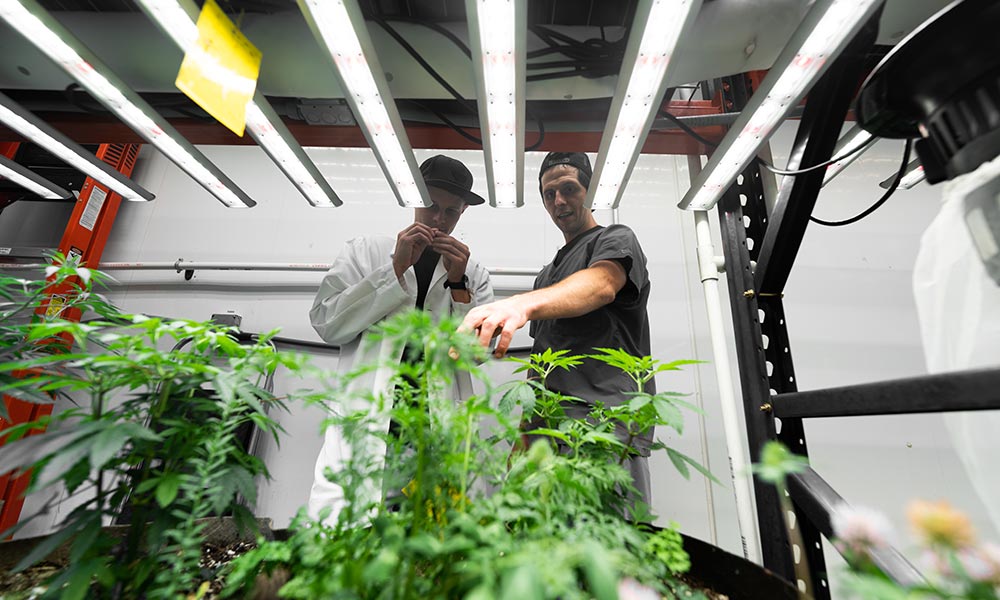
Tens of thousands of Fohse lighting fixtures have been installed in cannabis cultivation facilities across North America. Since each grow facility is unique, Fohse works closely with their customers to build tailor-made fixtures that meet each grow’s individual needs and goals. Their clients’ success stories are testament to Fohse’s place as the industry’s #1 lighting provider and leader in cannabis light science.
Fohse knows the importance of maintaining consistent lighting on the canopy. Unlike their competitors who won’t replace a fixture until a certain percentage of diodes have gone out, Fohse will replace a whole fixture, even if just one diode goes out.
Additionally, if their clients experience any technical issues, Fohse will fly its tech team out to help resolve their problems. Fohse also has a grower liaison on staff who will work with their clients’ growth teams if a facility is having trouble with their plants.
Whatever your grow size, Fohse has an LED grow light solution to help you reach your goals. There are currently seven fixtures that cater for every kind of cultivation, including the Aries, specifically designed for the home grower; the F1V for vertical growers, and their flagship A3i system—the most powerful indoor light in the world, perfect for achieving maximum canopy penetration for single level environments.
Light science is what makes good grows great. Are your plants getting the light they deserve?



